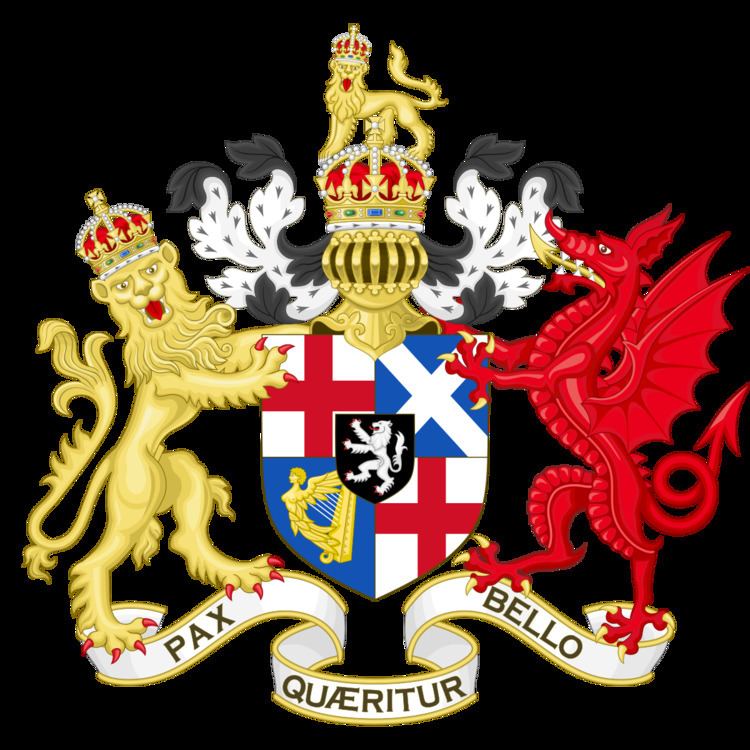Repealed 25 May 1657 | Royal assent 15 December 1653 | |
 | ||
Long title The Government of the Commonwealth of England, Scotland and Ireland and the Dominions thereunto belonging Territorial extent EnglandScotlandIrelandOther dominions Commencement 16 December 1653Installation of the Lord Protector | ||
The Instrument of Government was a constitution of the Commonwealth of England, Scotland and Ireland. Drafted by Major-General John Lambert in 1653, it was the first sovereign codified and written constitution in England.
Contents
Antecedence
The Instrument of Government included elements incorporated from an earlier document "Heads of Proposals", which had been agreed to by the Army Council in 1647, as set of propositions intended to be a basis for a constitutional settlement after King Charles I was defeated in the First English Civil War. Charles had rejected the propositions, but before the start of the Second Civil War the Grandees of the New Model Army had presented the Heads of Proposals as their alternative to the more radical Agreement of the People presented by the Agitators and their civilian supporters at the Putney Debates.
On 4 January 1649 the Rump Parliament declared "that the people are, under God, the original of all just power; that the Commons of England, being chosen by and representing the people, have the supreme power in this nation". This was used as the basis for the House of Commons to pass acts of parliament which did not have to be passed by the House of Lords or receive royal assent. Two days later the Rump alone passed the act creating the high court of justice that would try Charles as a traitor. Charles was tried and executed later that month.
On 17 March the Rump passed an act abolishing the monarchy and two days later an act abolishing the House of Lords. On 29 May 1649 the Rump passed An Act declaring England to be a Commonwealth. It was a simple declaration that Parliament would appoint "Officers and Ministers under them for the good of the People... without any King or House of Lords".
Articles
The Instrument of Government granted executive power to the Lord Protector. Although this post was elective, not hereditary, it was to be held for life. It also required the calling of triennial Parliaments, with each sitting for at least five months.
Adoption and replacement
The Instrument of Government was adopted by the Council of Officers on 15 December 1653 and Oliver Cromwell was installed as Lord Protector on the following day. In January 1655, Cromwell dissolved the first Protectorate Parliament, ushering in a period of military rule by the Major Generals.
The Instrument of Government was replaced in May 1657 by England's second, and last, codified constitution, the Humble Petition and Advice.
Influence on the American constitution
Since America had already been colonized by the English—in 1607, at Jamestown, and in 1620, at Plymouth—the United States has sometimes claimed this historic document as a part of its political, legal, and historic heritage.
